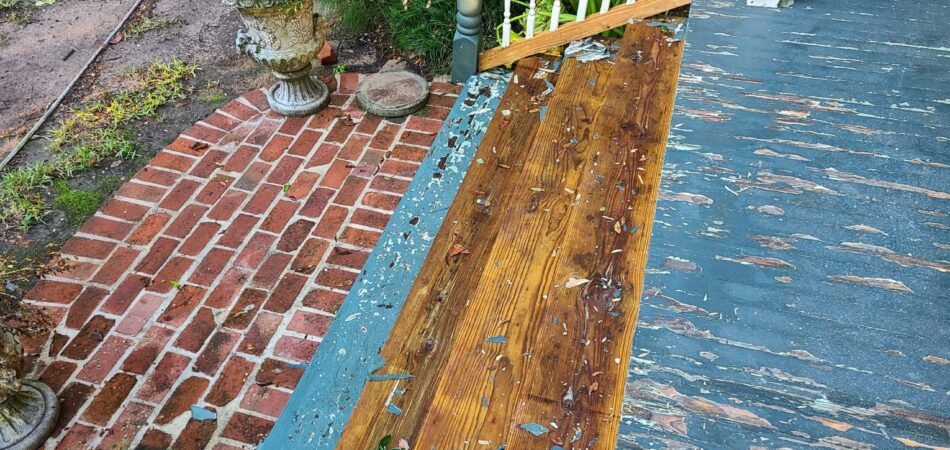
Lafayette 337-329-8445
New Orleans 504-229-2083

Lafayette 337-329-8445
New Orleans 504-229-2083

Imagine moving into a charming, vintage home with all the character and history you love. But hidden beneath its nostalgic charm could be a serious health hazard: lead paint. Commonly used in homes built before 1978, lead paint poses significant risks that are often overlooked. Despite being banned over four decades ago, this toxic substance can still be present under layers of newer paint, waiting to become a problem.
Lead paint doesn’t just chip away; it can lead to severe health issues, especially in children. From developmental delays to kidney damage, the consequences are alarming. But how can you tell if your home has lead paint, and what should you do about it?
In this guide, we’ll uncover the dangers of lead paint, show you how to identify its presence in your home, and provide crucial steps on how to safely remove it. By the end, you’ll know exactly how to protect your family from this hidden threat and ensure your beloved home remains a safe haven!
Lead paint doesn’t just chip away; it can lead to severe health issues, especially in children. From developmental delays to kidney damage, the consequences are alarming. Here’s what you need to know about the risks associated with lead paint:
Along with causing a multitude of health issues, lead-based paint tastes sweet, which posed an increased risk for children, who will put anything and everything in their mouths. As a result, regulations were put in place to ban further usage of lead-based paint in the US in 1977 in residential buildings and on children’s toys. Canada and the European Union also set up regulations regarding the usage of lead paint.
Although production was stopped, there are still houses with paint that hasn’t been updated since the 1970s. It seems unlikely, but that’s how long that paint can last when properly maintained. It may even be underneath layers of new paint! As long as the paint is in good condition and shows no signs of damage, it’s not a health risk. However, when the paint begins to flake, crack, chip, or show signs of water damage, it becomes a health hazard and should be removed immediately.
Certain areas in your home are more prone to wear and tear, increasing the likelihood of lead paint exposure. Pay special attention to high-traffic areas such as:
In these areas, constant wear and tear will damage the paint over time.
If you aren’t sure if you have lead paint in your house, you can have a paint inspection. A professional will conduct a risk assessment on the presence and condition of lead paint in your house. You’ll need this information if you ever plan to do any remodeling, as some activities will stir up large amounts of lead dust, which is toxic.
If you decide to remodel, ensure you hire a company that is properly licensed and equipped to handle lead paint. Ask if they are certified and knowledgeable about lead-safe practices. For those who prefer a DIY approach, it’s crucial to educate yourself on the safe handling of lead paint. The dangers are significant and should not be underestimated.
Protect your family from the hidden dangers of lead paint. If your home was built before 1978, consider scheduling a professional lead paint inspection today. Don’t wait until it becomes a health hazard.
Don’t wait for lead paint problems to escalate. Whether you’re planning a renovation or just want peace of mind, a professional lead paint inspection can provide the information you need to protect your home. Contact us today at JMA Painters to schedule an assessment and take the first step towards a safer, healthier living environment for you and your loved ones.